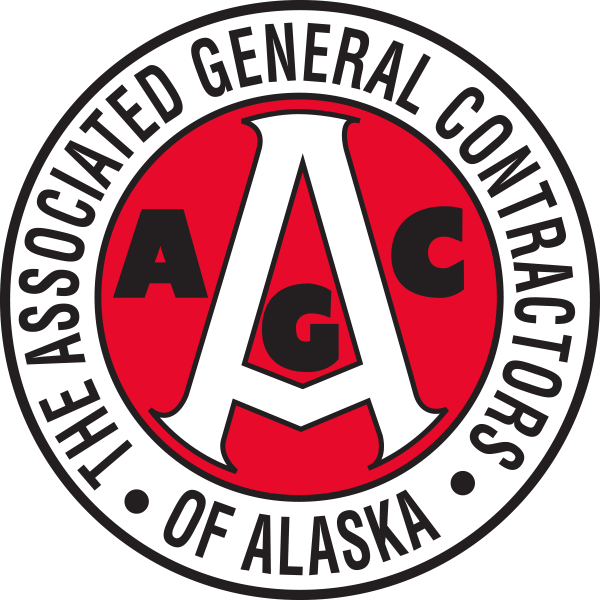

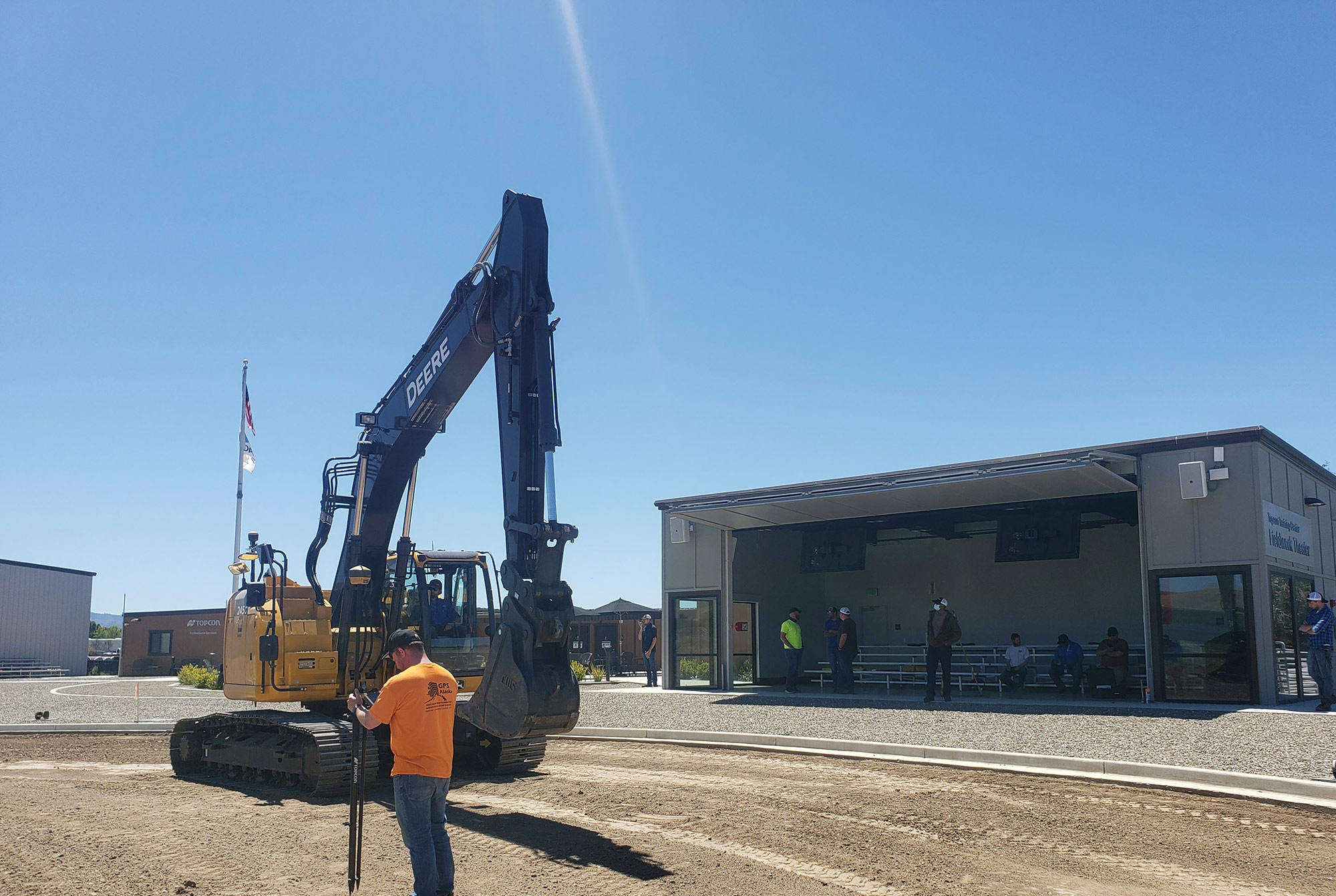
t’s not unusual for Michael Williams to answer his phone at 2 a.m. Especially in the summer, at the height of Alaska’s construction season, he fields calls from his clients regardless of the day or time—and he’s happy to do it.
“We’re going to properly support the people that are out there having to work 24 hours a day, building the roads and infrastructure that Alaska needs,” says Williams, vice president for GPS Alaska, the state’s leader in providing precision positioning equipment, Global Navigation Satellite Systems, or GNSS, lasers, optical instruments, surveying, and machine control products. “That’s just part of this business—we’re going to make sure that we’re the absolute best at supporting our customers.”
That stellar customer service supports an array of positioning products, including Topcon Positioning Systems, for which GPS Alaska is the state’s only authorized dealer.
Twenty years ago, Topcon was just one of a few companies manufacturing the kinds of products GPS Alaska sells and services. But in the last five years, Williams has watched machine control products and GNSS systems transform the way the construction and surveying companies operate.
By selling subscriptions to its RTK network, GPS Alaska is able to reinvest in other aspects of the business: Over the last decade, GPS Alaska has grown between 15 and 20 percent every year, Williams says.
Today, the industry has made a significant shift toward machine control and other positioning technologies that use satellite data to survey and excavate sites without staking and with greater accuracy and safety.
“The more accurately you’re placing material at the necessary elevation, the less time you’re running the machines, and you’re not overusing the material—so your project is actually going to cost less money because you’re building the project faster,” explains Williams.
“It’s getting to the point where if you’re not utilizing this technology on your civil or vertical construction site, you’re going to have a very difficult time competing with the contractors who are using it.”
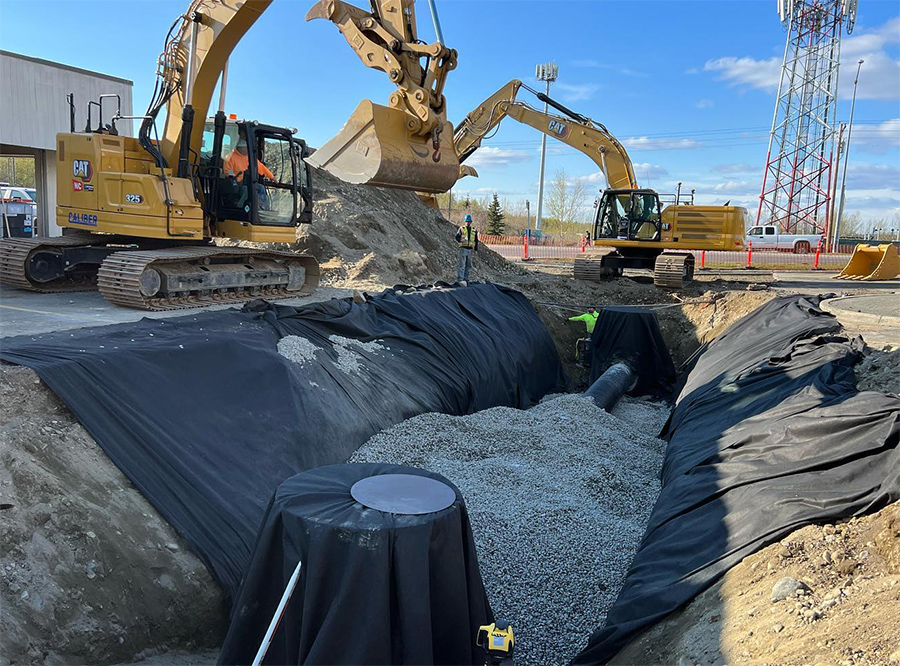

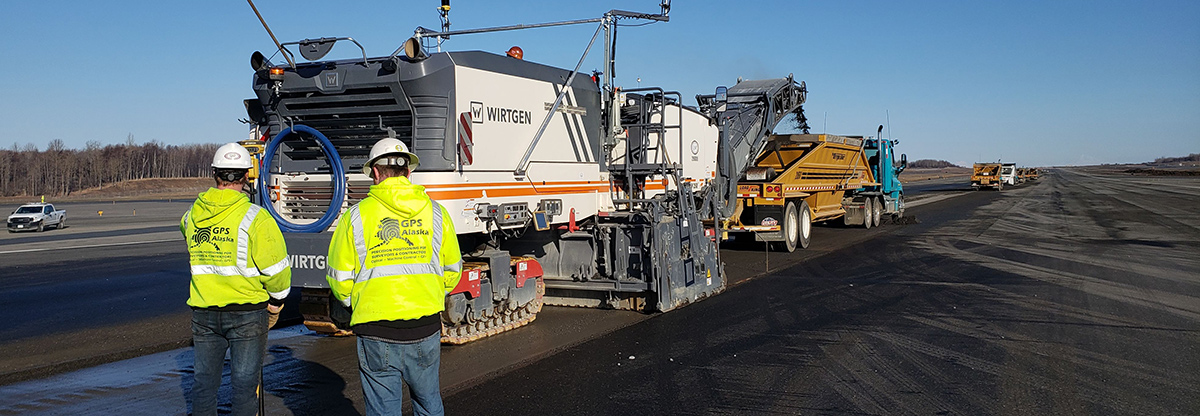
GPS Alaska ensures its clients have the “right hands” through offering continuous training and customer support.
“This technology is a pretty significant investment,” says Williams. “We stand behind the idea that, if you’re going to bring a tool like this into your arsenal, you need to know how to use it. Otherwise it’s going to be a very expensive paperweight.”
To ensure clients have the right tool, GPS Alaska’s employees visit job sites and look at the equipment being used on projects like QAP’s paving upgrades at Ted Stevens Anchorage International Airport. With Topcon Millimeter GPS and supportive training from GPS Alaska, QAP was able to get extremely precise vertical measurements for multiple machines and grade checkers.
“When you get into GPS products, it’s a vast area. You don’t just turn it on and go,” says Brad Brian, project superintendent at QAP. He says the company has done projects from Southcentral Alaska all the way north to Deadhorse with GPS Alaska’s support.
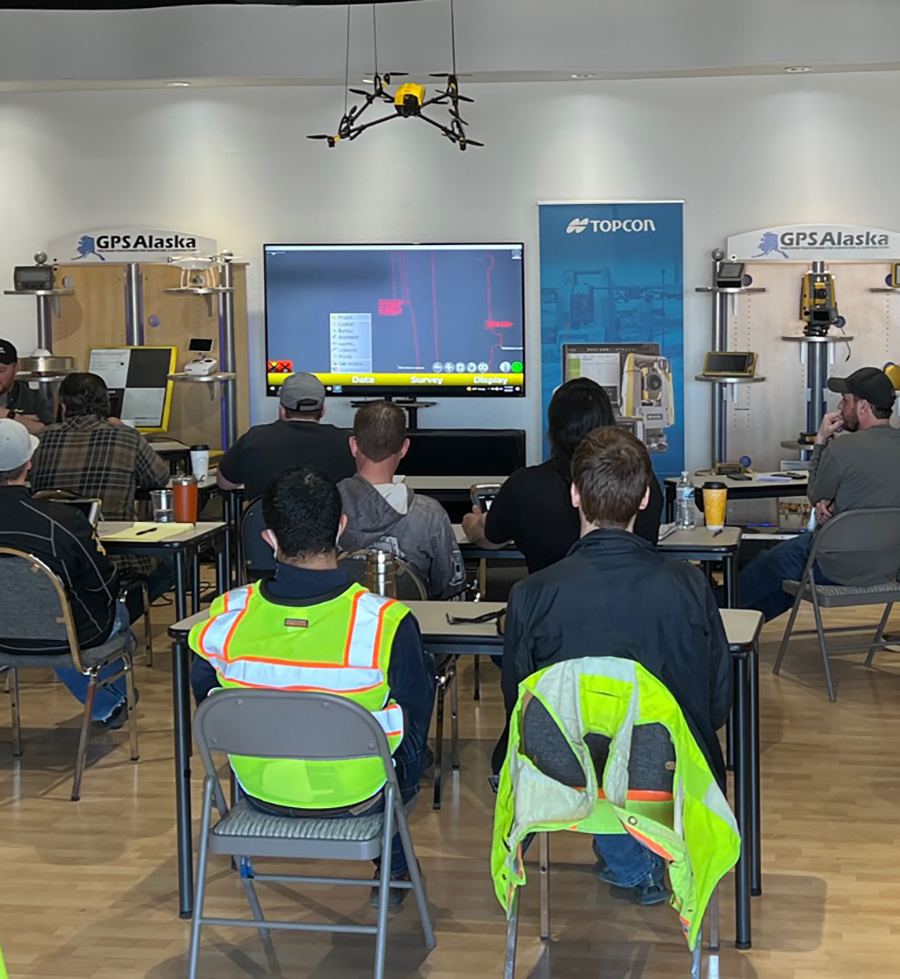
“When we have an issue, our first call is to Mike or Kevin, and they can walk us through the equipment over the phone—because we went to the training, so we understand,” Brian says.
“We do a lot more than just sell machine control and survey equipment,” Williams says. “And we’ve been able to specialize in both the survey and construction industries, which makes our depth of knowledge so thorough. The reason we’re so successful in helping contractors get going is because we’re involved in so many different facets of the business.”
GPS Alaska’s AGC membership helps it stay on top of what’s happening in the industry. In addition to regularly using AGC’s training facility and using AGC’s Online Plans, Williams appreciates AGC as a source of industry news.
“AGC has its hand on the pulse of the industry,” Williams says.